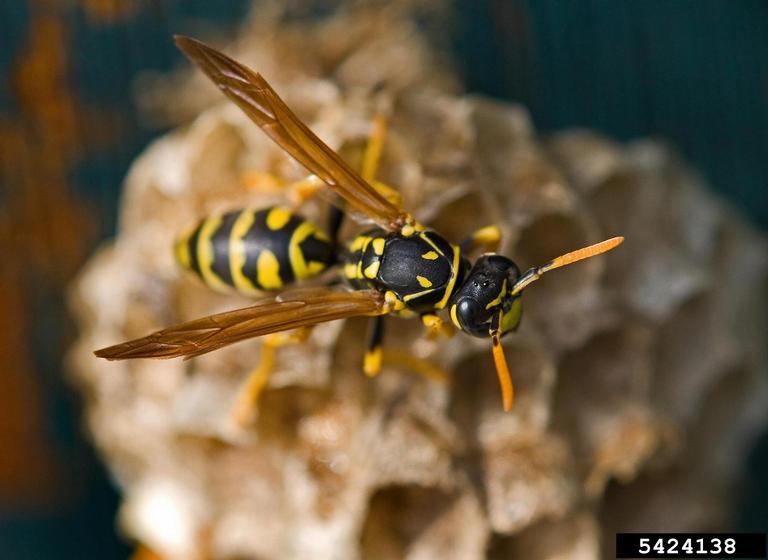Sometimes having water for an emergency, whether it's the weather or Y2K, means knowing where to look.
"The tank of your hot water heater or water pressure tank can supply many gallons of emergency water," said Judy Harrison, a University of Georgia Extension food safety specialist.
Check Pipes, Ice Trays and Toilet
Tank
"You could also use water in your plumbing and in ice cubes," Harrison said. "As a last resort, you can use water in the reservoir tank of your toilet (not the bowl) -- but purify it first."
During a natural disaster, consider water from wells, cisterns and other disaster-area delivery systems unsafe until tested.
To use the water in your hot water tank:
* Turn off the electric or gas supply to the water heater.
* Open the drain at the bottom of the tank to retrieve the water.
* Start the water flowing by turning off the water intake valve and turning on a hot-water faucet. Don't turn on the gas or electricity when the tank is empty.
* When power is restored and the tank refills with water, turn on the gas or electric to heat the water.
To use the water in your pipes:
* Turn on the faucet at the highest point in your house to let air into the plumbing system.
* Drain the water from the pipes through the lowest faucet in the house. If the main water valve is closed, be sure that gas to heat the water is turned off to prevent overheating.
Water Beds Can Be Life Savers
"Water beds can be emergency water sources, too," Harrison said. "Beds hold up to 400 gallons, but some water beds contain toxic chemicals that aren't fully removed by many purifiers."
If you designate a water bed in your home as an emergency resource, drain it yearly and refill it with fresh water containing two ounces of bleach per 120 gallons.
Emergency water sources can be found outside your home, too. Rainwater, streams, rivers and other moving bodies of water, ponds and lakes and natural springs are all good sources of water. But remember to purify the water before drinking it.
"You should purify all uncertain water before using it for drinking, food preparation or personal hygiene," Harrison said.
Purify, Purify, Purify
There are several ways to purify water.
"None is perfect," Harrison said. "The best solution is a combination of methods."
Here are two common, easy purification methods:
Boiling is the safest method. Put water in a clean saucepan or other cooking container. Bring the water to a rolling boil and continue boiling for 10 minutes, keeping in mind that some water will evaporate. Let the water cool before drinking, keeping it covered during cooling.
Boiled water may taste "flat" when opened. Improve the flavor by incorporating air into the water by shaking or pouring it back and forth between two clean containers.
Chlorination uses liquid household chlorine bleach to kill microorganisms. Add 2 drops of bleach per quart of water (4 drops if the water is cloudy). Mix it thoroughly and let it stand for 30 minutes.
If the water doesn't slightly taste and smell of chlorine at that point, add another dose and let it stand another 15 minutes. Test it again.
"Distillation and purification tablets are also useful ways to make water safe," Harrison said.
(Photo by Faith Peppers, University of Georgia College of Agricultural and Environmental Sciences.)






